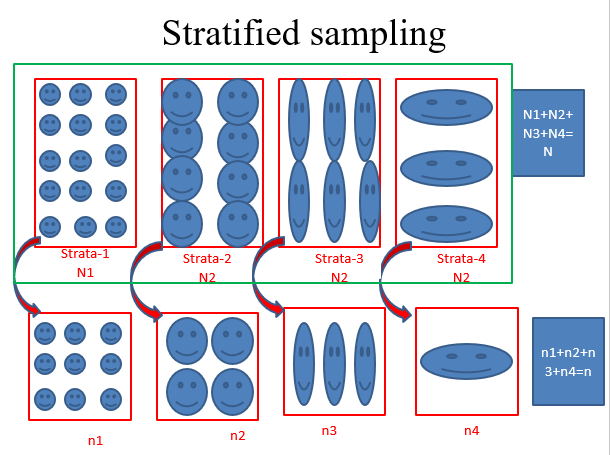Quadrat Sampling: Application with Advantages and Disadvantages
Quadrat sampling is a classic tool for the study of ecology, especially biodiversity. This method allows researchers to directly count organisms in a specific proportion (sample) of the habitat. It is used to estimate population abundance (number), density, frequency and distributions. The quadrat method has been widely used in plant studies. A quadrat is a four-sided … Read more









